Can someone please explain to me what the purpose of this resistor is?
-
4Does this answer your question? [Which is the objective of an Base-emitter resistor?](https://electronics.stackexchange.com/questions/215110/which-is-the-objective-of-an-base-emitter-resistor) – Matthew Clark Jun 29 '21 at 22:12
-
The "duplicate" note is correct. || The "needs more focus" vote to close is rubbish. The question is entirely focused. – Russell McMahon Jul 01 '21 at 23:58
1 Answers
That resistor speeds up turnoff and increases maximum allowed collector circuit voltage.
The turnoff speeding is based on the fact that the charge which is stored to the BE junction is dissipated in resistor R2. The effect is substantial in pulse circuits.
There's some leakage from C to B and it can cause substantial unwanted base current at high operating voltages. R2 sinks that leakage. The allowed max voltages in datasheets are often specified with R2 inserted.
I guess your R2=100kOhm is randomly selected. Practical R2 is often 100...1000x smaller.
ADD a simulation to demonstrate the effect to turn-off:
Here 5V 500kHz square wave (V1, red) drives a switching transistor 2N3904. The design is quite bad, the turn-on at the rising edge of V1 is slow and the turn-off at the falling edge of V1 is even slower due the stored charge in the BE junction:
Turn-on becomes faster when R1 is smaller, but the turn-off gets huge 400ns extra delay. That delay is called "storage time" and a small one can be seen already in the previous image:
Inserting R2 reduces the delay, but also degrades the turn-on speed:
R2 isn't perfect fix, but its better than nothing. The next is not asked, but it can be interesting:
Good performance is achieved with clamping diode and speeding capacitor:
The transistor sinks its excessive base current via D1 and the capacitor C1 gives a boost during both slopes of V1. D1 must be a low voltage drop type such as Germanium or Schottky diode, 1N4148 is useless. Here the used type is Schottky diode BAS81.
-
I know you're right, but I have a q: when the input goes from high to low, which means the input is grounded, can't the stored charge get removed through the 1k resistor itself? – across Mar 26 '20 at 20:07
-
So it can work like a pull down resistor right? Thanks for helping me! – Jeep nN Mar 26 '20 at 20:09
-
1There can be a circuit that cannot pull, it only pushes. Think a switch. As I wrote practical R2 can be as low as 100 Ohm. – Mar 26 '20 at 20:09
-
Ohk so it just provides a low resistive path for fast discharge. I get it ty so much:) – across Mar 26 '20 at 20:10
-
Hey you said "There can be a circuit that cannot pull, it only pushes". By this you mean the input can go high impedance without being connected to either VCC or VSS? – across Mar 26 '20 at 20:12
-
1Yes, it's not uncommon that the previous circuit has a transistor which connects the left end of R1 to +Vcc or is OFF. Even in case the driver has also the ability to pull down R1 can be good for turn ON but too big for fast turn OFF. – Mar 26 '20 at 20:16
-
1@beccaboo "...can't the stored charge get removed through the 1k resistor itself?" **Yes but,** the BE resistor is there for when the transistor is off for a while and the charge builds up. What then? Either the transistor will turn on or you add the BE resistor to keep it off. – Aaron Mar 26 '20 at 20:19
-
Oh nice so it solves two problems: 1) fast turnoff when the driver is tristate, and 2) false turning on. Thanks to both you're awesome:)) – across Mar 26 '20 at 20:22





